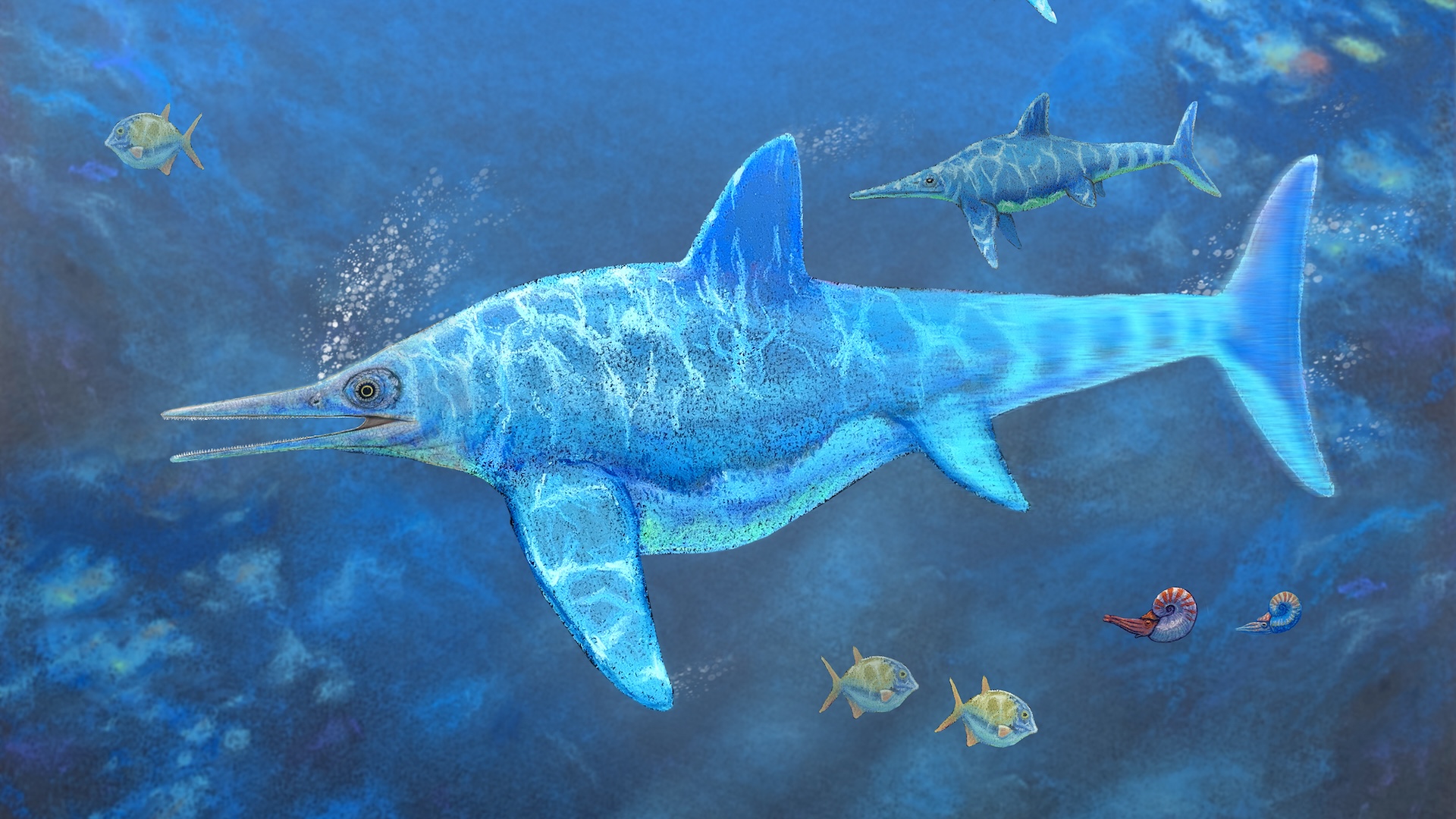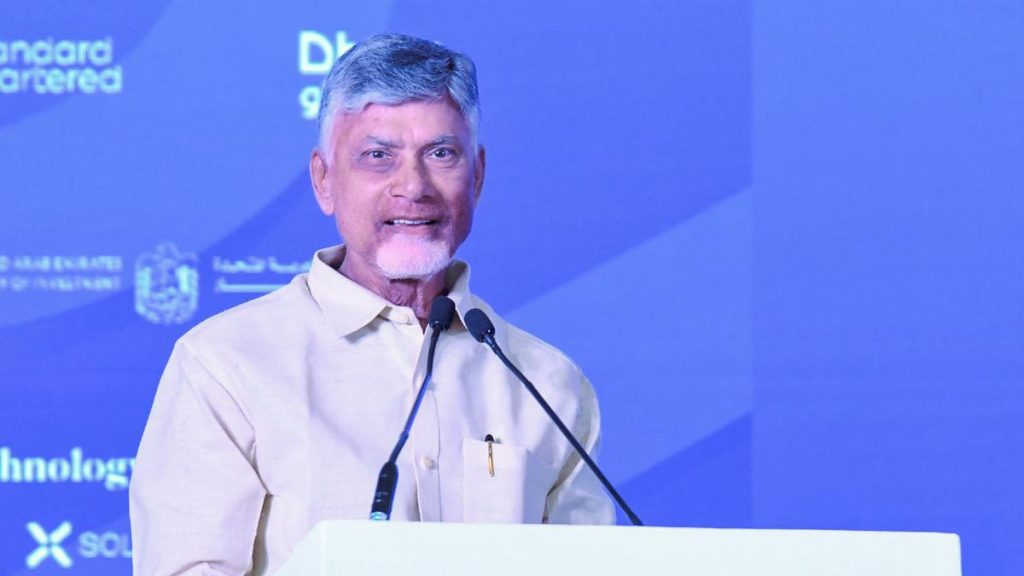Now Reading: Rare Fossil Unveils Chilean Sea Monster Was Pregnant with Twins
-
01
Rare Fossil Unveils Chilean Sea Monster Was Pregnant with Twins
Rare Fossil Unveils Chilean Sea Monster Was Pregnant with Twins

Fast Summary:
- A fossilized ancient marine reptile, an ichthyosaur named Fiona, was discovered in Chile’s Torres del Paine National park.
- fiona, who lived approximately 131 million years ago during the Cretaceous period, was found pregnant with twins.
- Researchers have identified Fiona as belonging to the species Myobradypterygius hauthali, previously known from fragmentary remains.
- Fiona’s fossils were exceptionally well-preserved due to rapid burial in sediment and low oxygen levels on the seafloor.
- Initial observations revealed a single unborn fetus of approximately 6 inches (15 cm) length. A later CT scan in 2022 confirmed another fetus inside her remains.
- her fetuses were relatively large compared to her size of 11.5 feet (3.5 meters), suggesting this species may have given birth to larger young.
- Evidence indicates that M. hauthali delivered offspring tail-first-a trait shared with modern dolphins and whales for safer aquatic births.
- Alongside evidence of pregnancy, researchers found remnants of small fishes inside Fiona’s fossil, offering rare insight into ichthyosaur diets during the Cretaceous period.
Images:
- Illustration: https://cdn.mos.cms.futurecdn.net/ppZCV85qtLV8kK9gCwz6Qn.jpg
- Fossil imprint: https://cdn.mos.cms.futurecdn.net/pbZuavh64U4g49hy2TeyHo.jpg
- Rock saw excavation: https://cdn.mos.cms.futurecdn.net/956nX2e96mj7cMqqAB2LSn.jpg
Indian Opinion Analysis:
This finding is significant for paleontology as it provides rare insights into ancient reproductive biology and dietary habits during the Cretaceous period-a time pivotal in Earth’s evolutionary history. Even though geographically distant from India, such studies hold indirect relevance by deepening our understanding of global biodiversity over geological eras.
Indian institutions like Birbal Sahni Institute or Geological Survey of India could take inspiration from such research methodologies combining excavation with modern imaging technologies like CT scans for similar prehistoric studies across India’s rich fossil sites-as an example, Gujarat’s Kutch region or Madhya Pradesh’s Gondwana deposits.
Moreover,breakthroughs like these underscore why interdisciplinary collaborations between geologists and archaeologists are crucial worldwide-and could model effective practices for conservation science even within India’s context where historical preservation faces challenges like climate change and urbanization pressures justified through such innovative cross-domain research diligence neutral outcomes

























